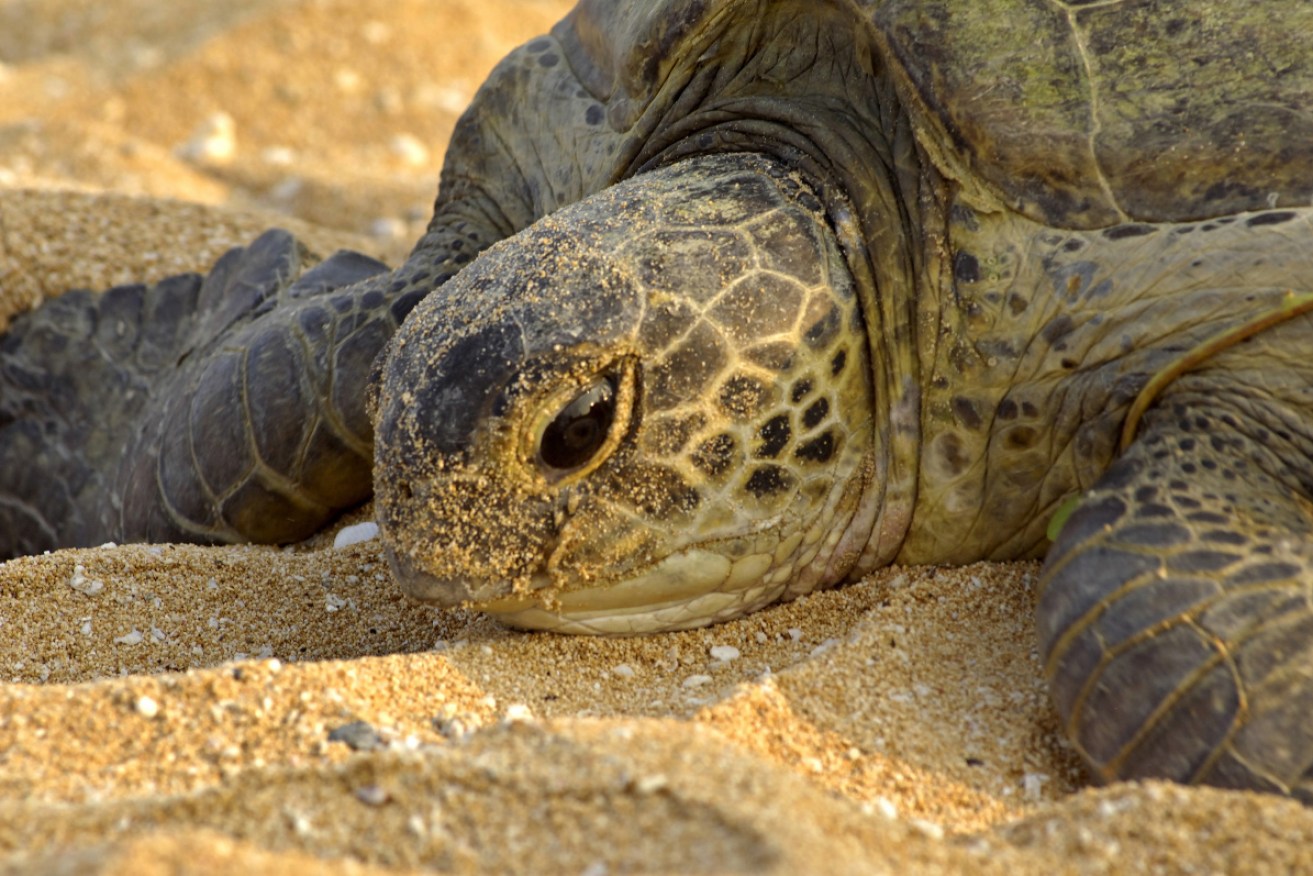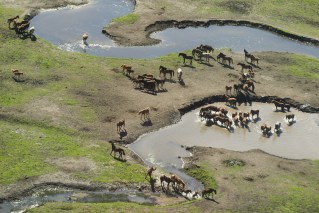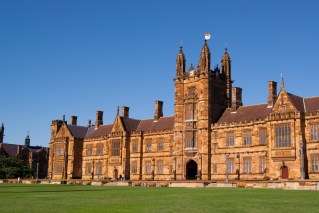Great Barrier Grief: Green turtles turning into girls because of climate change


Plastics are a threat to all turtles, but the young are especially vulnerable. Photo: Getty
The Great Barrier Reef could soon lose another species to the hands of climate change, with new research showing green turtles are fast heading towards extinction.
English researchers have published a report that found 93 per cent of green turtle hatchlings could be female by 2100, as climate change causes “feminisation” of the species. This would all but doom the species to extinction.
It is a likely fate because the sex of turtle hatchlings is determined by temperature – a complex and little-understood process that occurs in some fish and a good number of reptiles, including all crocodilians, and creatures such as Australia’s bearded dragons.
When mammals, including humans, mate and conceive an offspring – delicately leaving aside questions of gender fluidity – the sex is determined as the genetic material from the parents combines to make the gamete.
The key element here is a combination of chromosomes (XX for female, XY for male).
Some reptiles do it differently
Reptiles also have sex chromosomes, but in some species other factors determine how the embryos will develop their gender. In green turtle embryos, at a certain point the ambient temperature will cause genetic and hormonal switches to be activated.

Green sea turtles, possibly hoping for baby boys, but climate change is conspiring against them. Photo: Getty
At higher temperatures, green turtle embryos become female. At cooler temperatures they turn into males. In a very narrow window, they can be either male or female.
At the study site in Guinea-Bissau, West Africa, about 52 per cent of hatching green turtles in the University of Exeter study were found to be female.
Modelling based on the warmer temperatures predicted by the Intergovernmental Panel on Climate Change (IPCC) underpinned the study’s predictions of almost complete feminisation of the species by the end of the century – and the wiping out of the species.
The researchers also made the point that sand, especially dark sand that absorbs heat instead of reflecting it, will probably become too hot to sustain eggs anyway.
Evidence is mounting
The research supported a host of studies from recent years that have investigated links between temperature-determined sex and climate change.
This week, the Exeter study was reported in media outlets around the world, with many publications simply re-printing the university’s media release.
Some wider reading and those publications would have found – in a study published the same week they went to press – that in prime breeding locations in Australia, green turtles aren’t waiting another 80 years to turn female. It has just about already happened.
Researchers from National Oceanic and Atmospheric Administration’s (NOAA) Southwest Fisheries Science Centre in La Jolla, California investigated breeding sites at the northern and southern ends of the Great Barrier Reef.
They found a “moderate” female sex bias of 65 per cent to 69 per cent in turtles originating from the cooler southern reef nesting beaches.
Turtles originating from warmer northern reef nesting beaches were extremely female-biased: 99.1 per cent juvenile, 99.8 per cent sub-adult, and 86.8 per cent of adult-sized turtles.
The conclusion of their paper, Environmental Warming and Feminization of One of the Largest Sea Turtle Populations in the World, published in Current Biology, was devastating:
“Combining our results with temperature data show that the northern Great Barrier Reef green turtle rookeries have been producing primarily females for more than two decades and that the complete feminisation of this population is possible in the near future.”
Beautiful one day, extinct the next
That is, if the prediction is correct, male green turtles will be wiped out in their breeding area, and this vital colony will collapse.
Michael Jensen, a research biologist at NOAA Fisheries’ Southwest Fisheries Science Centre, and lead author of the new paper said: “This has given us an important new window into demographic changes in these populations over the last several decades, which have gone undetected until now”.
“The disconcerting thing is that we can now see how changes in the climate could affect the longevity of this and other sea turtle populations around the world.”
According to the study, an estimated 200,000 females nest on beaches in the northern Great Barrier Reef, most of them on two small coral cays. The same temperatures affecting the turtles are also leading to the bleaching of much of the northern Great Barrier Reef.








